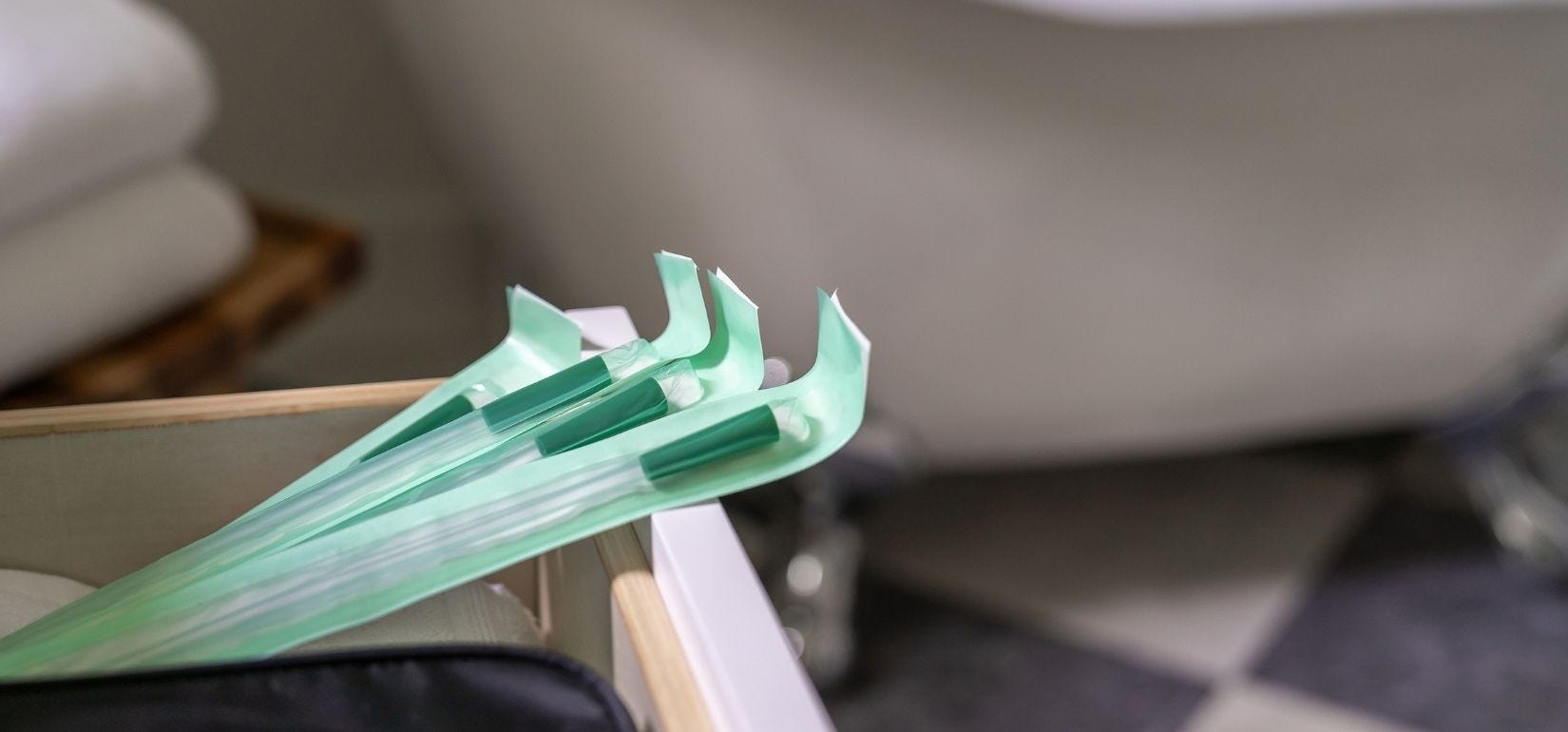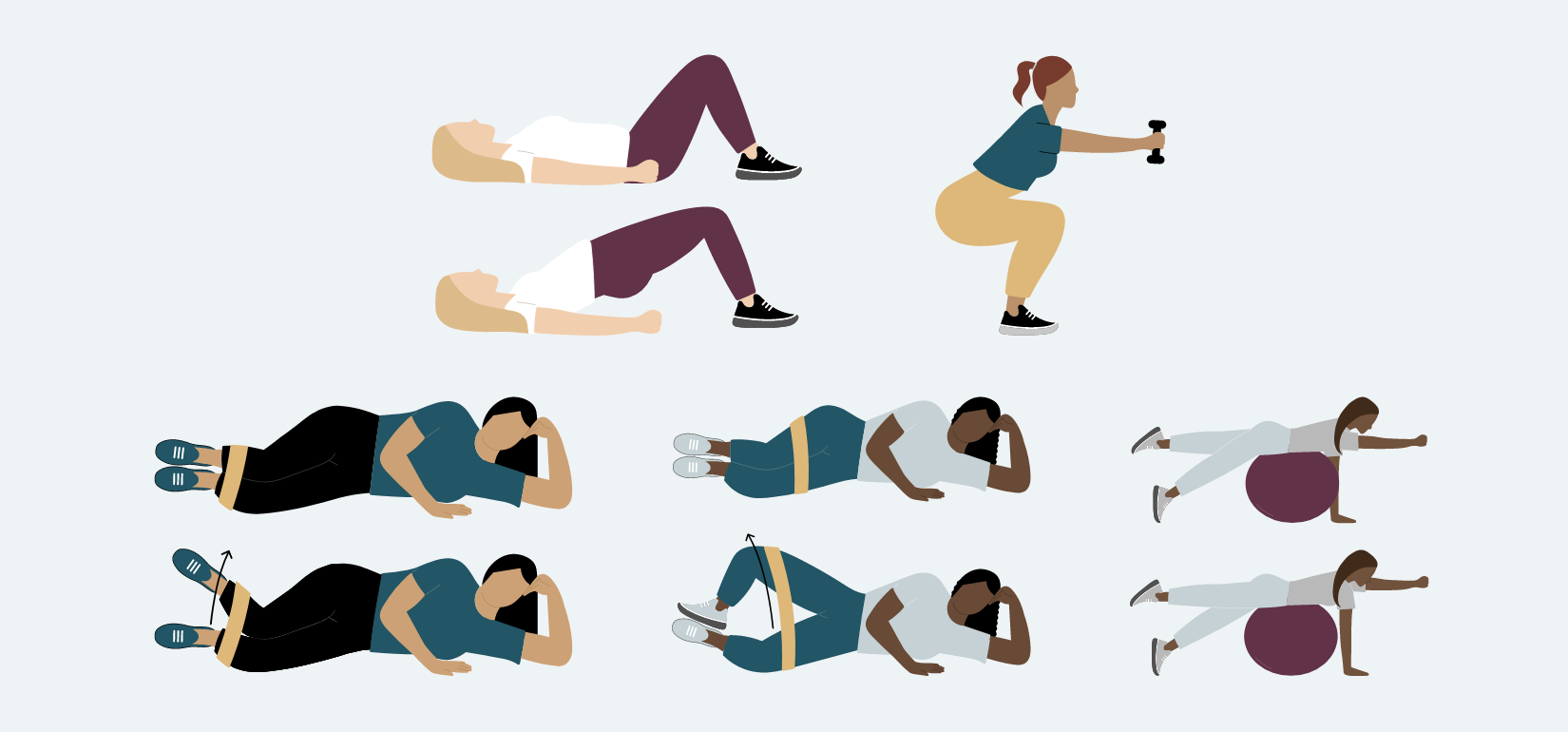While your life may be different in certain ways after an abdominal ostomy procedure, you can still enjoy the activities you love, from playing sports and eating your favorite foods to wearing different types of clothing.
In this post, we’ll give tips on adjusting to your ostomy so you can live life to the fullest. Most importantly, we’ll tell you how to get low-cost ostomy products with Aeroflow Urology so you can spend less time worrying about costs and more time regaining your quality of life!
Understanding Your Ostomy
An ostomy is a type of surgery performed on people of any age when a part of their body’s internal system is not working correctly. Ostomies are typically done to the neck, intestines, or bladder.
Check Your Eligibility
2 Easy Steps
Discover the catheter supplies covered by your insurance.
Tracheostomy: Opening at the front of the neck.
Ileostomy or Colostomy: Surgical opening made in the intestines.
Urostomy: Opening in the bladder.
During any type of ostomy, a permanent opening—referred to as a stoma—is made in an internal organ that connects to the surface of your skin. These openings can be used for feeding or draining waste.
If you need an ostomy procedure, it may be because you may have:
- Cancer
- Diverticulitis
- Inflammatory bowel disease.
- Incontinence
- Congenital disabilities.
This post will focus on the most common types of ostomies: Ileostomies, Colostomies, and Urostomies.


Abdominal Ostomies
These abdominal ostomy procedures allow your body's waste (urine, toxins, and stool) to pass through an opening (stoma) that is surgically made in your abdomen.
After the stoma is made, an ostomy pouch is placed over the opening. Your procedure may require an open-pouching system (drainable) or closed-end pouch (not drainable) to allow your waste to exit your body. These pouching systems can be one-piece or two-piece, connecting the system to a skin barrier.
Recovering From Surgery
Use these tips when recovering from your ostomy surgery.
- Be ready to adjust. An ostomy procedure does change your life in a big way, so it’s important that you come out of surgery prepared to adjust to the “new normal.” Be patient with yourself or your loved one.
- Understand the healing process. Healing from ostomy surgery can be a little worrisome when you first see swelling or bleeding around your procedure site. Your stoma and abdomen will be swollen for a few weeks, so any enlargement is normal. The stoma might leak blood, which is also normal.
- Manage your pain correctly. Speak with your healthcare team about how to manage pain after your ostomy. Different options for lessening it include patient-controlled analgesia (PAC) and epidurals.
- Learn how to change your ostomy bag. This is one of the most significant steps in managing ostomy. Your nurse should show you how to change your stoma bag. If you have an open-end pouch (drainable bag), you should empty it and change it every 2 to 3 days. If you have a closed-end pouch, you should change it after a bowel movement.
- Go slow with food. Immediately following your ostomy procedure, you’ll only be able to drink liquids to help your bowels adjust and start working again. You’ll be able to eat regular solid foods again after a few days.
- Get moving! The faster you move, the quicker your body will start working properly again. Sit up in the hospital bed or on chairs with your ostomy pouch.
Enjoying Life With Ostomy
While managing your ostomy may make you feel isolated, there are actually 725,000 to 1 million people in the US who are currently living with ostomies! Follow these tips to regain your quality of life while living with an ostomy.
1. Find Support
Finding a support group helps many people who have undergone ostomies. You can join a local, in-person support group or an online support group, such as The Bladder and Bowel Community Support Group on Facebook. Not only can these groups help answer questions about your new way of living, but support groups have also been shown to help with people’s mental health effectively.
2. Try Not to Worry!
Reentering society and participating in everyday activities, such as work, exercise, and going out in public, may seem daunting when you’re adjusting to using an ostomy bag, but you can do it! If you’re having doubts, speak with those in a support group or a healthcare professional about how to go about these activities with an ostomy.
3. Don't Disclose Information You Don't Want To
You don’t have to tell anyone about your procedure that you don’t want to tell. Use those close to you to speak to and use support groups to discuss challenges you may face.
4. Get Ostomy Products Covered Through Insurance
Don’t pay for full-cost ostomy supplies when you may be eligible to receive ostomy products through your insurance plan with Aeroflow Urology!
We can help you...
- Get your supplies covered by insurance.
- Find the perfect products for you.
- Ship them to you for free in unmarked boxes.
To see if you’re eligible, all you need to do is send us your insurance information through our Eligibility Form. It takes less than 5 minutes. From there, our expert Continence Care Specialists will help you with insurance, and help you obtain a prescription from your healthcare provider.
5. Exercise
After about 8 weeks of healing from your surgery, you can get back into the physical activities you love (minus rough contact sports and heavy weight lifting). You can swim, jog, bike, and do any other exercise you once enjoyed. If you leak while engaging in these activities, speak with your healthcare provider about products that can help prevent leakage or loosening of your ostomy pouch. Exercise has also been shown to improve depression and anxiety.
6. Find Clothes That Work for You
Having an ostomy bag doesn’t mean you can’t wear certain clothes. Find adaptive clothing and experiment with what clothes help you keep your pouch discreet.
7. Eat Healthy Foods
You can experiment with different solid foods after you recover from your ostomy. Try to stick with healthier options with lots of fiber, and make sure you drink enough fluids to keep toxins draining from your body and stay hydrated.
Get Ostomy Supplies Through Insurance
If you or a loved one needs ostomy products, Aeroflow Urology can help.
We supply ostomy products made by high-quality brands, such as Convatec, Hollister, and Coloplast.
The most apparent difficulty of dealing with any renewable medical supplies would be the billing and insurance aspect. For a procedure such as an ostomy, which requires supplies to be replaced daily and replenished monthly, navigating insurance filing, copays, and allowable supply amounts can be stressful.
Aeroflow Urology is equipped to file medical claims with most major insurances, including working with Medicare, Medicaid, Blue Cross Blue Shield, and most other commercial plans. In addition, our staff can educate you on how many ostomy products you qualify for each month, ensuring that you get the supplies you need and are entitled to under your insurance, in many cases at little or no cost to you.
If you or someone you know has a colostomy, ileostomy, or any other procedure requiring ostomy products, fill out our Qualification Form to see if you can receive low-cost supplies.
What is an Ostomy? l United Ostomy Associations of America. (2017). United Ostomy Associations of America. https://www.ostomy.org/what-is-an-ostomy/
How To Change A Stoma Bag. (2018, January 23). Bladder & Bowel Community. https://www.bladderandbowel.org/bowel/stoma/change-stoma-bag/
Living with an Ostomy l United Ostomy Associations of America. (2017). United Ostomy Associations of America. https://www.ostomy.org/living-with-an-ostomy/
Savory, G. (2017, November 16). What To Expect After Your Stoma Surgery. Bladder & Bowel Community. https://www.bladderandbowel.org/bowel/stoma/expect-after-stoma-surgery/
How To Change A Stoma Bag. (2018, January 23). Bladder & Bowel Community. https://www.bladderandbowel.org/bowel/stoma/change-stoma-bag/
Worrall, H., Yuan, L., Lloyd, C., Worrall, H., Schweizer, R., & Yuan, L. (2018). The effectiveness of support groups: a literature review Publication Details.https://ro.uow.edu.au/cgi/viewcontent.cgi?article=6502&context=smhpapers
Information provided on the Aeroflow Urology website is not intended as a substitute to medical advice or care from a healthcare professional. Aeroflow recommends consulting your healthcare provider if you are experiencing medical issues relating to incontinence.







